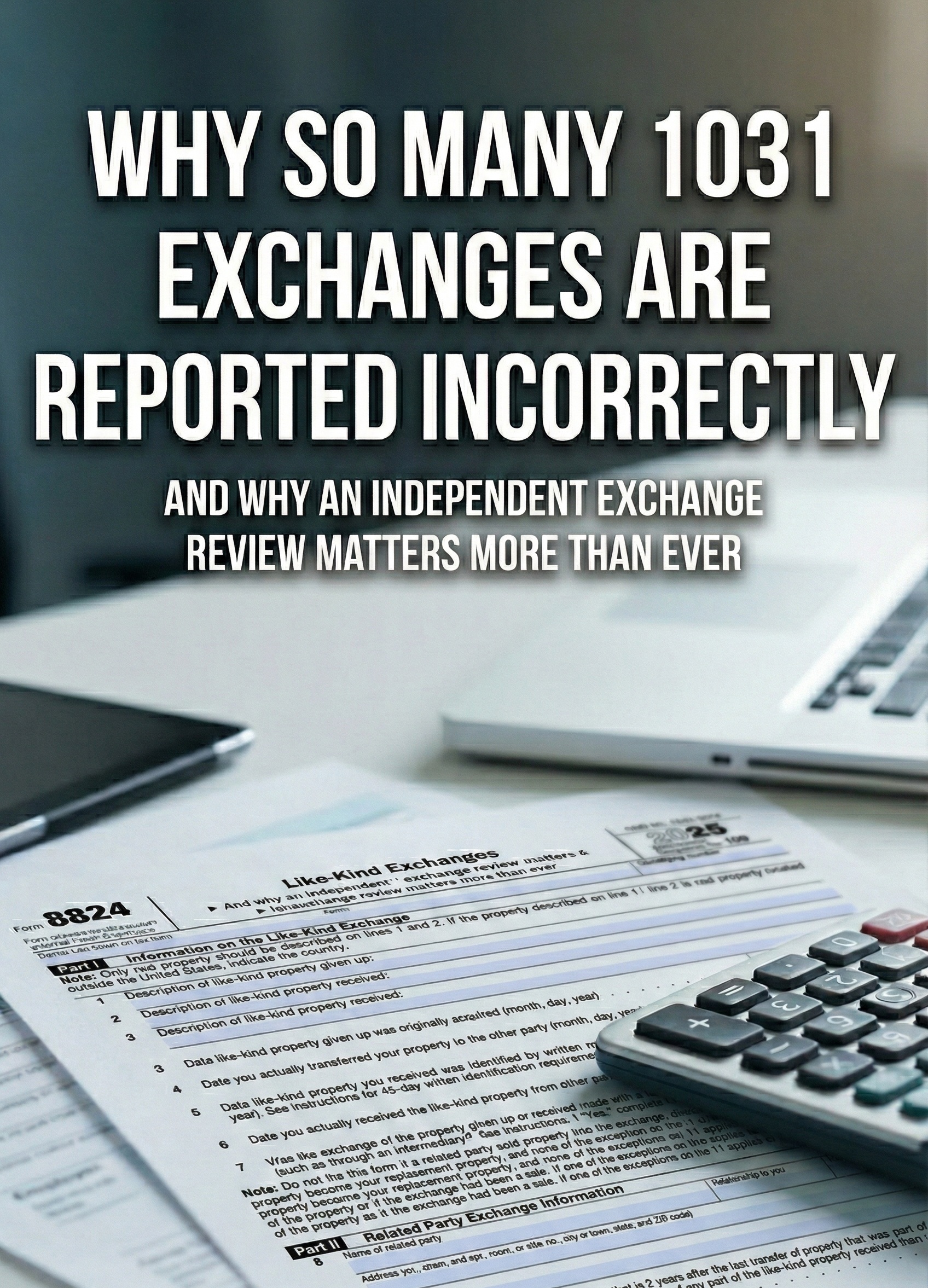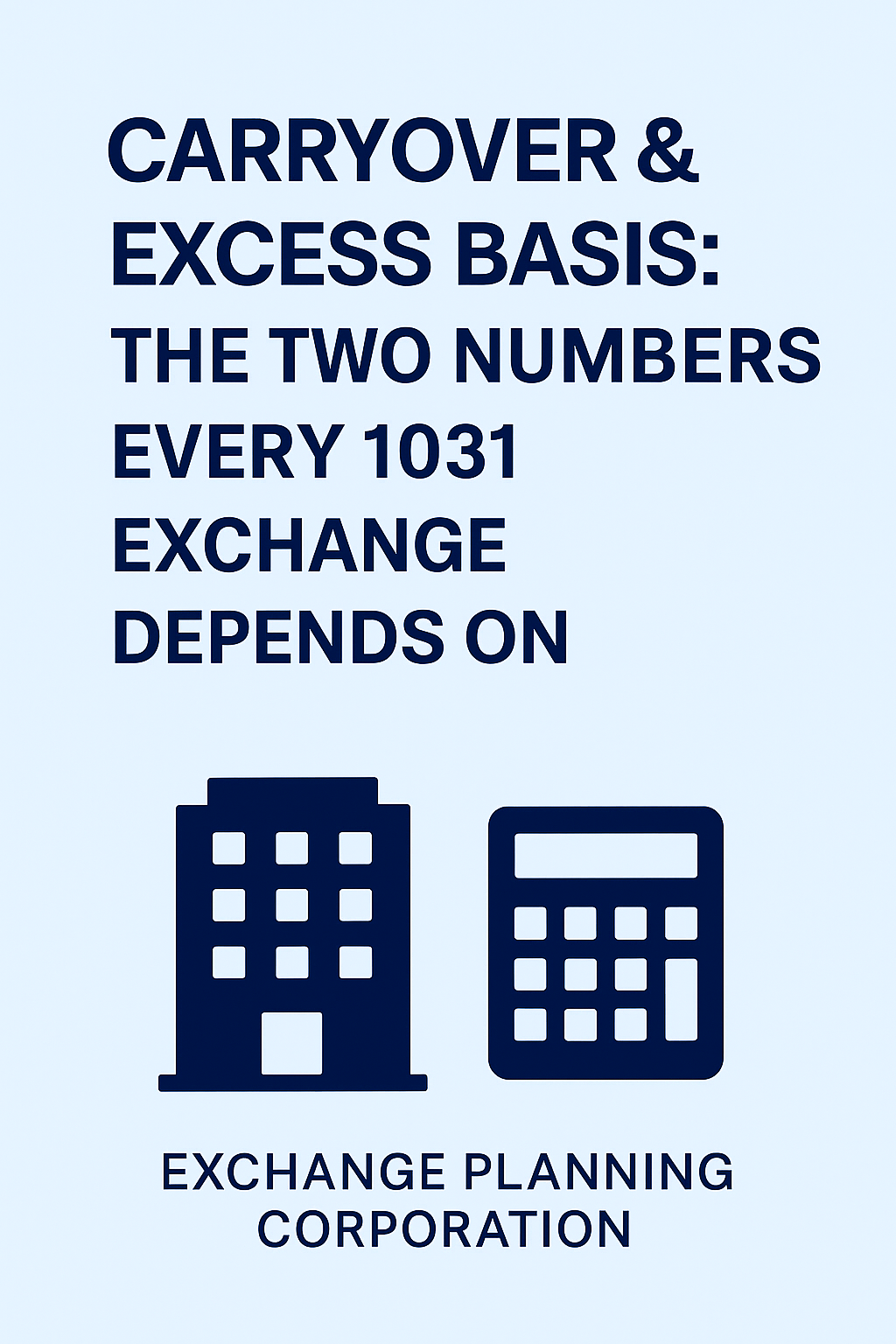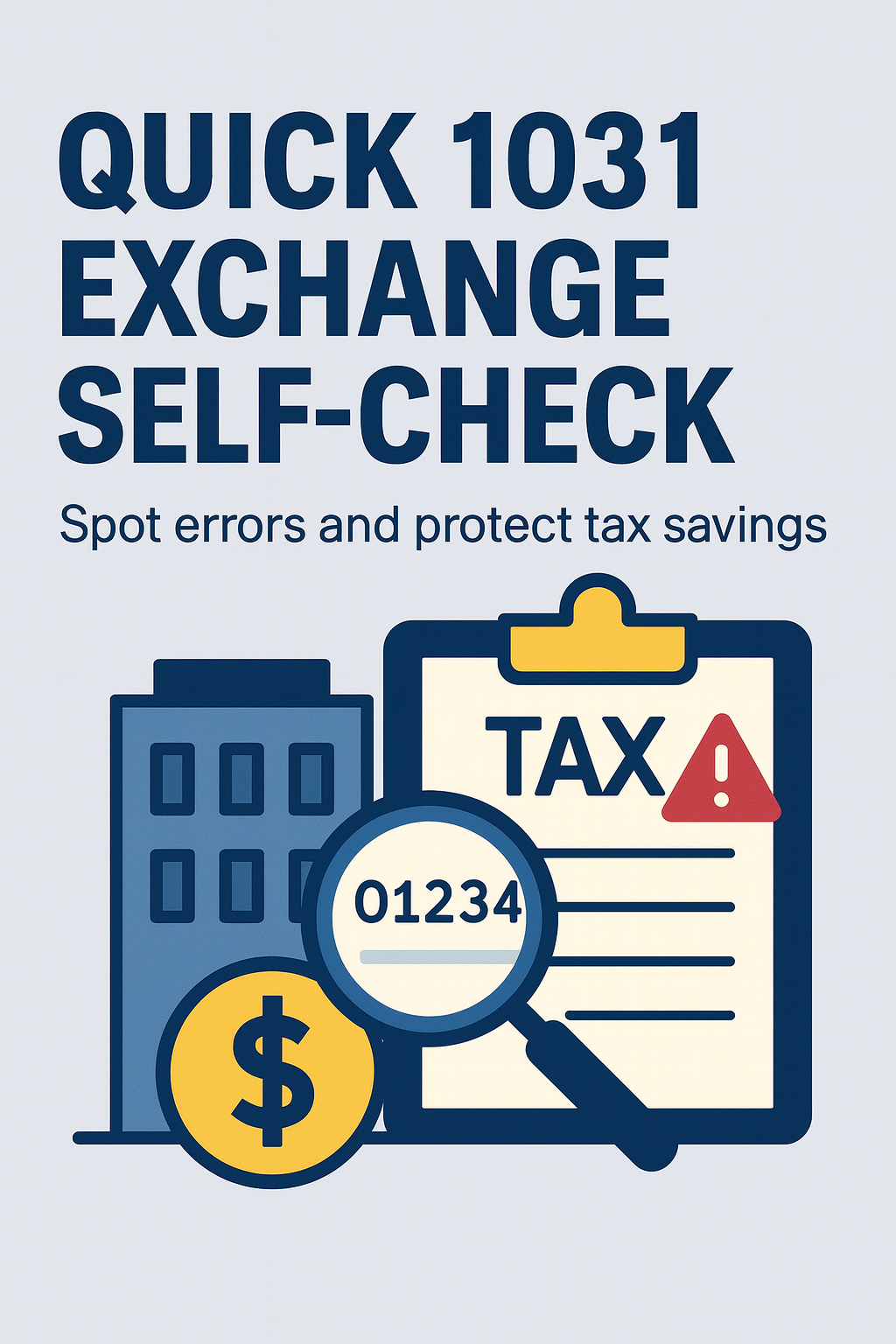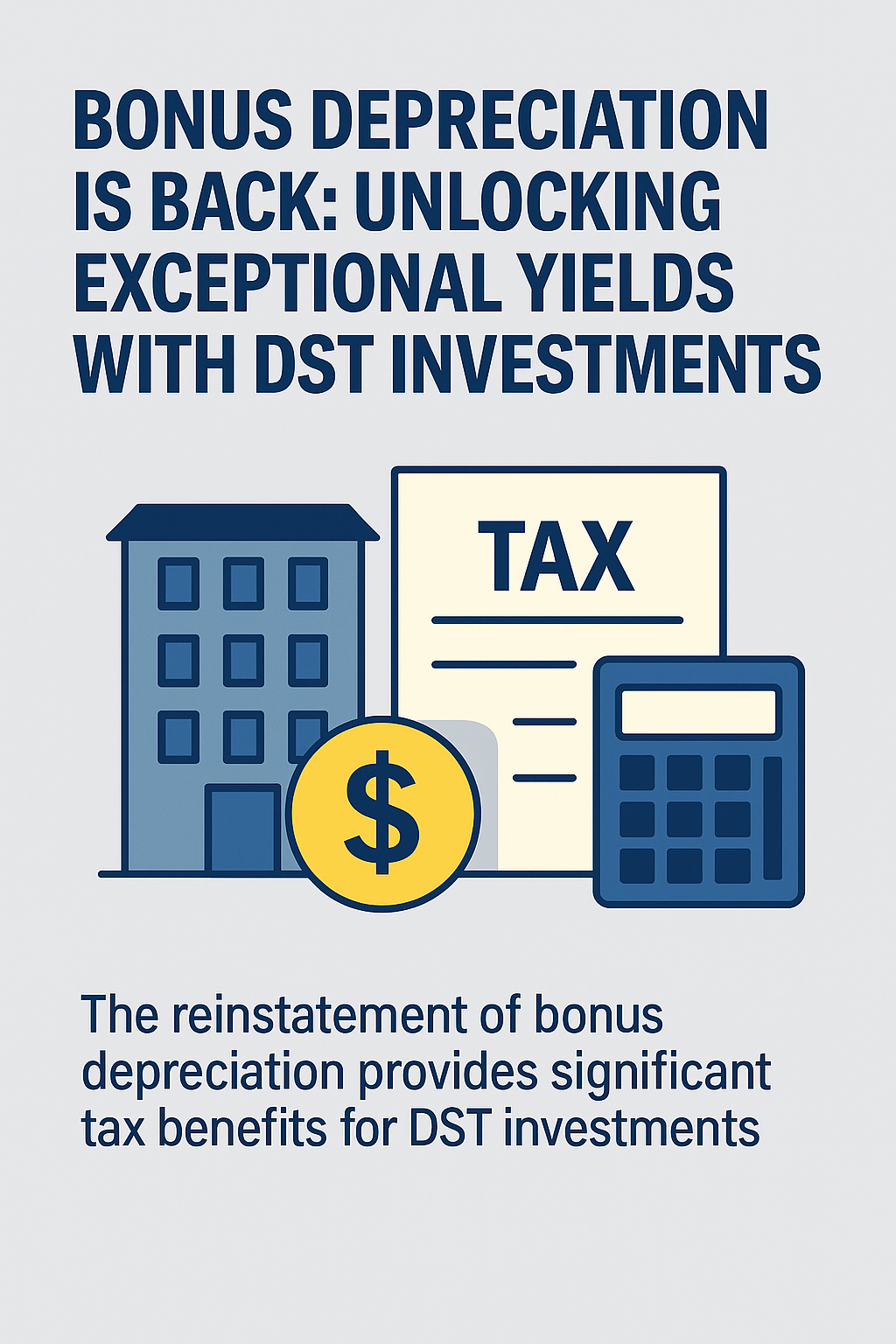We previously posted an explainer on LTV, for that, see here: https://www.epc1031.com/understanding-ltv-and-leverage/
Overall, understanding LTV in the context of a DST 1031 exchange is crucial for making informed investment decisions. By taking the time to carefully consider the LTV ratio, you can help yourself or your clients make the right financial moves and avoid unnecessary and unplanned tax liabilities.
Understanding LTV in a 1031 Exchange: A Closer Look
In the real estate and financial world, LTV, or Loan to Value, is a commonly used metric. It offers a snapshot of the relationship between the amount of a loan and the value of an asset. But when it comes to the nuanced universe of DST 1031 exchanges, LTV takes on an even more significant role.
LTV Basics
At its core, LTV represents the ratio of a loan to the value of a real estate assets with loans. In simpler terms, it helps us understand how much of the property’s value is financed through borrowed funds versus how much is directly paid for. A higher LTV also implies more tax-savings.
Are We Just Replacing Debt When Making a 1031 Exchange?
Actually, the requirement isn’t to replace debt but to replace the net selling price of the relinquished property. So, if you’re thinking of reinvesting all the cash received, the idea of replacing the LTV on the relinquished property with a higher LTV on the replacement property is a straightforward way to ensure you’re replacing the net purchase price.
How Do We Calculate the Correct ‘Exit’ LTV?
Ah, the million-dollar question! The ‘Exit’ LTV is not your run-of-the-mill LTV calculation. It’s an insight into how much replacement property one should buy with the equity held by an accommodator. The first step in looking at what we term ‘Exit LTV’ is to ascertain – how much cash do you have available at the accommodator and how much debt is given with the sale of the relinquished property? The LTV formula is: relinquished property debt at sale divided by the sum of relinquished property debt and anticipated cash.
Significance of ‘Exit’ LTV in a 1031 Exchange
The ‘Exit’ LTV offers investors a snapshot of their financial position as they conclude one investment and consider entering another. Understanding the ‘Exit’ LTV aids in structuring the exchange in a manner that optimizes tax benefits. Once the ‘Exit’ LTV is established, investors can compare it with the LTV of potential replacement properties to make choices that align with their financial goals and the requirements of the 1031 exchange.
So, What’s the Deal with the Replacement Property LTV?
This is where the waters get a bit murky. Some DST Sponsors present multiple LTVs for the replacement property. The concept of reserves comes into play here. Most DSTs, if not all, include reserves in the property’s purchase price. However, reserves don’t technically fall under the property’s purchase price in the DST framework, which plays a pivotal role in ensuring a tax-efficient exchange. The formula for calculating your own LTV for the replacement property is: property debt divided by the sum of property debt and equity raise, then subtract the DST reserves.
Is There a Simpler Way?
Absolutely. If numbers aren’t your forte, there’s an easier route. With the investor’s approval, forward us the relinquished property closing statement and your proposed DST replacement property. We’ll run the numbers free of charge for both you and your client.
FAQ
Q: What is LTV in the context of a 1031 exchange?
A: LTV, or Loan to Value, is a crucial metric when assessing the financial details of a 1031 exchange, ensuring clients get the best value without unnecessary taxable income.
Q: Why is replacing the net selling price of the relinquished property more important than replacing the debt?
A: The primary requirement in a 1031 exchange is to replace the net selling price. Replacing all debt and equity serves as a straightforward method to ensure you’re hitting that net purchase price target.
Q: What is ‘Exit’ LTV?
A: ‘Exit’ LTV provides insight into the potential replacement property LTV one should buy with the equity at an accommodator. It takes into account the anticipated cash sent to the accommodator and the investor’s share of debt.
Q: How do reserves affect the LTV of the replacement property in DSTs?
A: Reserves, although often a small portion, are included in most DSTs’ purchase price. For a more tax-efficient exchange, it’s better to exclude these reserves when calculating the LTV for the replacement property.
Q: Can I get help with these LTV calculations?
A: Absolutely! Just send over your relinquished property details and DST allocation, and we’ll run the numbers for you – free of charge.














